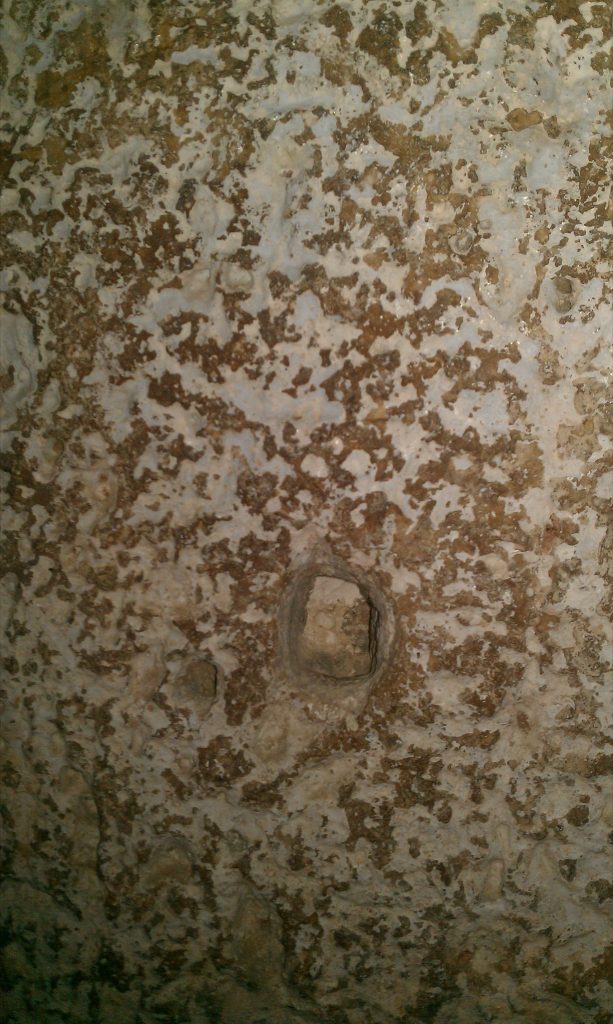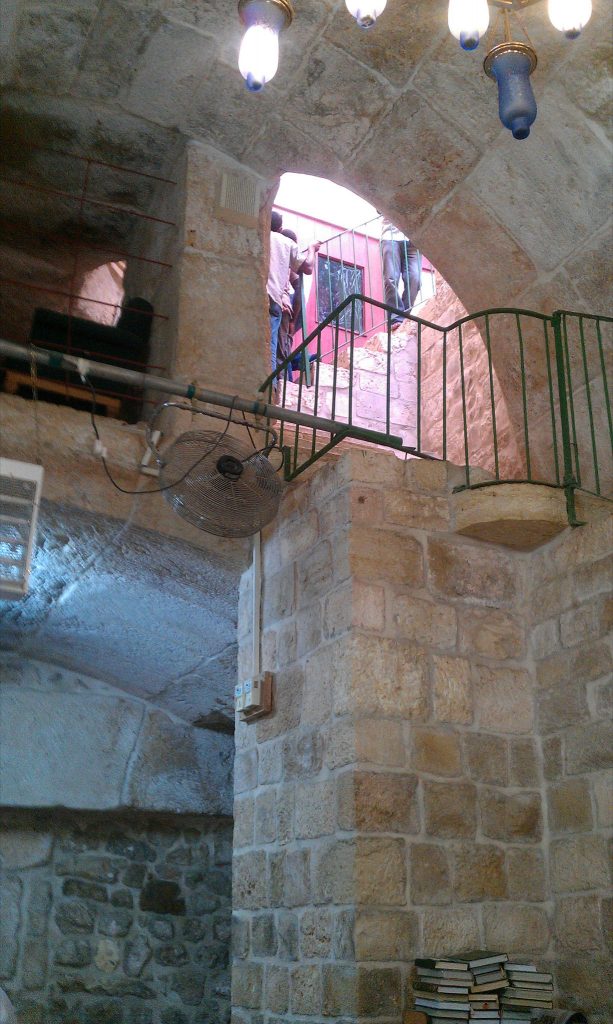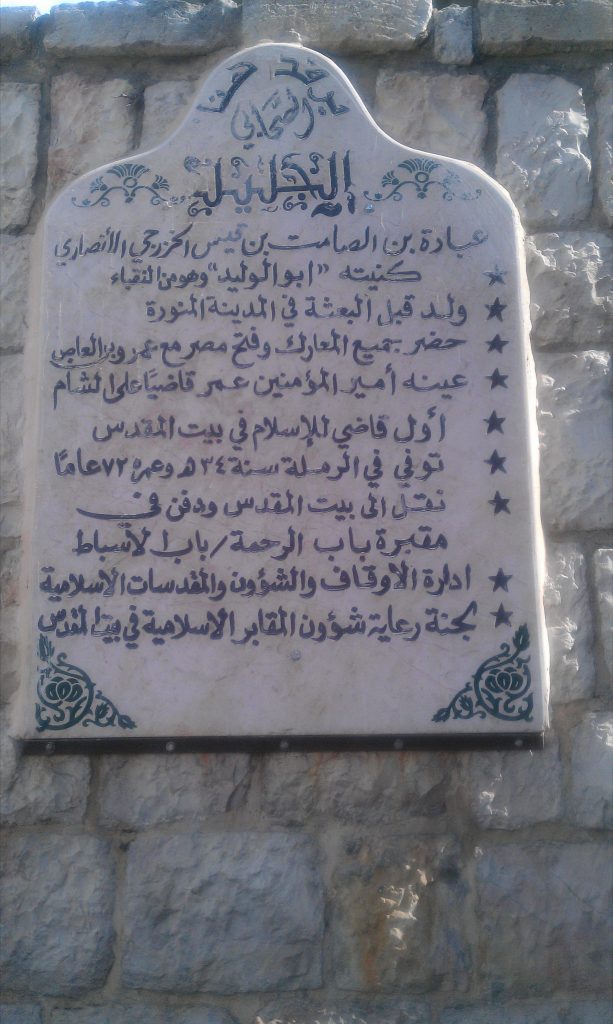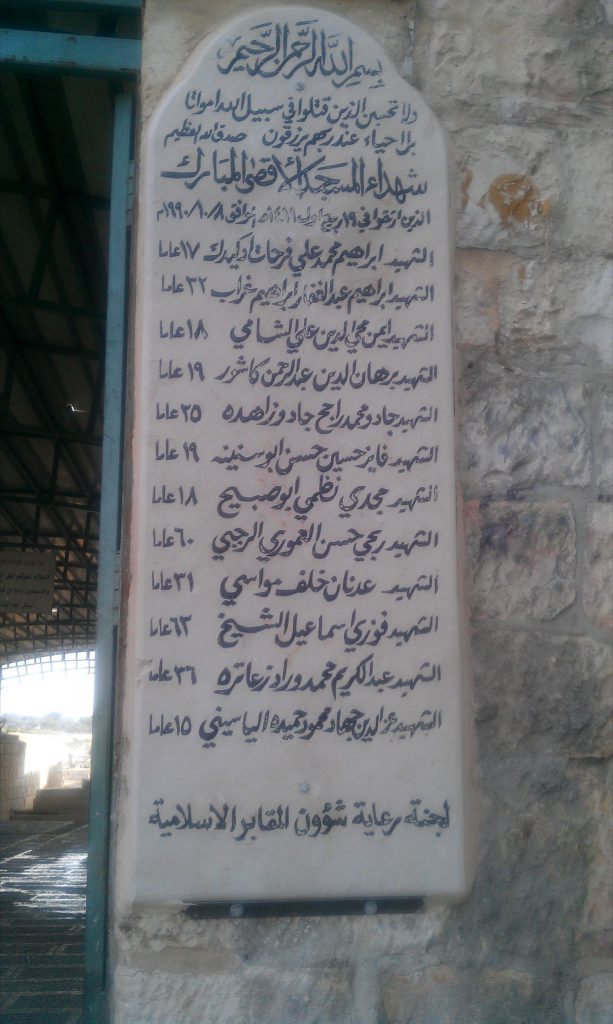Continued from Part 5
Masjid al-Marwāni, Cemetery of the Martyrs, Burāq Wall, Mount of Olives
The next day was Friday 4th May. Following our routine, Tahajjud & Fajr at Masjid al-‘Aqṣā, rest, breakfast, and then into the courtyard of al-‘Aqṣā, at 11am.
One can enter the vast courtyard from a number of doors. Once you enter, the whole area is known as Bait ul-Muqaddas. It comprises 35 acres of land and, at full capacity, can accommodate over half a million people. We first met with the Imām, briefly.
Masjid al-Marwāni (or Musalla Marwāni) is located underground and most of the area is under the present Masjid al-‘Aqṣā (or Qibli Masjid). It extends to 4.5 acres and can accommodate up to 7000 people. A local tour guide showed us around, pointing out the Mihrābs of Ḥaḍrat Zakarīyā, عَلَيْهِ ٱلسَّلَامُ, and Ḥaḍrat Maryam, عَلَيْها ٱلسَّلَامُ.

There is also a raised platform that shows the direction the Muslims used to face in Ṣalāh before being ordered to face the Holy Ka’bah in Makkah; two totally opposite directions. In one corner, we saw huge massive blocks which, our host informed us, were the rocks that were carried by the Jinns when Ḥaḍrat Sulaimān, عَلَيْهِ ٱلسَّلَامُ, constructed the Masjid. We also saw some pillars made out of huge rocks.

It was also sad to see some of the pillars, which had markings on them, which reflected the era when this area was used as stables for horses. There was also a raised area where the water was stored for the horses. We also saw some cracks in the pillars which had resulted from underground digging to weaken the foundations. The name of Shaikh Rā’ad Ṣalāh was mentioned a few times as the person who had raised a lot of concerns over such excavations, and had this area protected.

Masjid al-‘Aqṣā was filling up so we made our way into the Masjid for Jumu’ah Ṣalāh. Once again this was a very emotional experience of being part of a 20,000 plus congregation offering Jumu’ah Ṣalāh that Friday, at Masjid al-‘Aqṣā.
After Jumu’ah, we met with Shaikh Jamīl and went for the Ziyārat of the local cemetery, Bāb ur-Raḥmah. Many Shuhadā’ (martyrs) of al-‘Aqṣā are resting here, in the company of two great Saḥābah, Ḥaḍrat ‘Ubādah ibn al-Ṣāmit, رَضِيَ ٱللَّٰهُ عَنْهُ (a veteran of Badr), and Ḥaḍrat Shaddād ibn Aws, رَضِيَ ٱللَّٰهُ عَنْهُ. We had the opportunity to present our Salāms and do some Īsāl ath-Thawāb for all who were resting here.
Shaikh Jamīl then took us to the Jewish Quarter. Soon we were standing at the Burāq Wall (Ḥā’iṭ al-Burāq), known as the Western Wall and, even more famously, as the Wailing Wall. This area is dominated by Jews, so a few eyebrows were raised as we made our way all to the wall, I don’t think many Muslims will have done that. There was a clear distinction and complete separate areas for men and women. Being Friday afternoon, it was relatively quiet. It is the belief of the Jews that this is the only part left of the retaining wall surrounding the Temple Mount (the site of the First and Second Temples of Jerusalem).
The few moments spent in the Jewish Quarter were full of sadness. We were told that at one time 20,000 Muslims used to reside there, and now there were hardly 50. The whole area had been occupied and handed over to the Jewish settlers.
As we left this area, feeling quite hungry, we entered the first restaurant we saw. Again, it was chicken shāwarmā with chips and salad, with fresh orange juice. The bill came to a hefty 500 Shekels (£100) for the ten of us, leaving Shaikh Jamīl fuming. Some, not all, Palestinians still take advantage of tourists.
We then took a taxi to the Mount of Olives from where you get a breathtaking view of the whole of al-Quds. Mount of Olives has also been taken over by the Jews and a part of it has been converted into a graveyard. We took the taxi back and made our way to the Dome of the Rock where we offered our Maghrib Ṣalāh and collectively did a recitation of the whole Qur’ān and then offered ‘Ishā Ṣalāh. Our days in al-‘Aqṣā were coming to an end. We went out of the Old City through Damascus Gate to a nearby restaurant for the evening meal, chicken shāwarmā and chips (again!)
Continued in Part 7


















